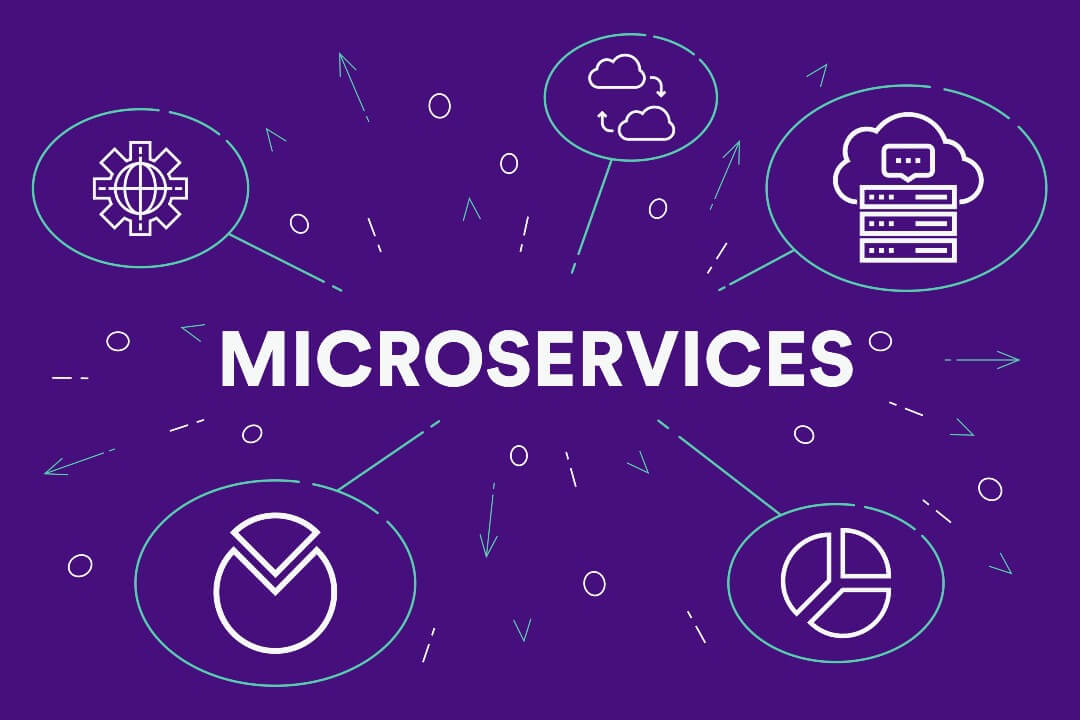Agility, or the ability to decide and act quickly, delivers efficiency and profitability to enterprises. Agile teams adapt to changing situations and different conditions better. They become nimble and respond to opportunities and or challenges faster. Here are five ways to make enterprise IT agile and prepare the enterprise for digital transformation.
1. Provision Supportive Infrastructure
Agile is more an approach. It entails doing things in sprints and an incremental approach. Implementing such concepts needs an IT infrastructure that supports rapid deployment and provisioning. The following are the main prerequisites to go agile.
- The cloud. Availability of computing and storage capacity on-demand speed up things. IT teams may move and execute production and testing loads in seconds. Before the cloud, it took weeks to deploy the infrastructure. Continuing with such a setup in today’s fast-paced world would be a waste. By the time the setup is complete, the requirements will change.
- Supporting Servers. Agile teams need lightweight deployment options. One good example is SUSE Linux Enterprise Server. It supports a modular approach and offers Rollback to revert to a good state. It also enables a fast, scalable, and secure method of communicating with systems in real-time.
- Automation: Automation improves accuracy and speeds up things. Also, deploying bots to take care of the routine frees up human resources to indulge in complex, higher-value tasks.
Learn how enterprises leverage cloud computing for strategic advantage.
2. Promote Granular Microservices
Monolithic all-in-one IT systems belong to the brick-and-mortar generation.
The Internet, web, API, and other new digital channels are complex add-ons in these systems. Even simple changes become complex, time-consuming exercises. For instance, a bank that created a new product had to change 30 systems. They undertook parallel software developments and committed to regression testing for weeks. As remote work and hybrid work gain ground, such monolithic systems become untenable.
The solution is granular systems that evolve independently of the IT system. But the replacement of core systems runs up significant costs and uncertainty. The change process itself may overwhelm the enterprise.
- Adopt the Strangler design pattern to transform monolithic applications to microservices incrementally.
- Identify the frequently changing functionalities. Assign ownership of these functions to business teams. Set up microservices for each such function, with a “one-service-one-function” approach. Such an approach leaves a lean core and a host of granular services. Business functions such as product catalogues, tariff modules, scoring engines, data models, and customer-facing journeys become granular, enabling business teams to make changes as needed.

3. Create Cross-Functional Teams
Many CEOs regard enterprise IT as a cost centre. The constantly changing business environment forces IT to make new requirements often. They often cannot keep pace with the fast-paced changes. Project delays, overshot budgets, and accumulated technical debt become commonplace.
The agile solution is cross-functional teams. Business-focused teams, composed of members from IT, operations, customer support, marketing, accounts, HR, and other departments, get the job done better. Such teams:
- Articulate goals by developing a consensus across-the-board. They understand customer needs and tailor the project with the best mix of ROI and customer preferences.
- Get into production mode fast. They do not face delays in circulating ideas across different teams or handing over projects iteratively. Requirements alignment time reduces from months to days or even hours.
- Deliver the mission in the fastest possible time. The team cuts through bureaucracy and reduces time to market in a big way.
CIOs work with such cross-functional teams to:
- Supervise technical debt.
- Ensure technical quality of delivery.
- Offer uptime.
- Attract and develop IT talent.
- Ensure accountability.
Such cross-functional teams are not permanent. Agile enterprises have fluid teams. The composition of such teams changes depending on market opportunities.
4. Adopt Outsourcing
Most enterprises rely on outsourcing to overcome skill gaps. Outsourcing offers ready access to live talent and makes the enterprise scalable. There is also a cost advantage, for the outsourced hand gets paid on a project basis.
But relying too much on outsourcing makes the enterprise vulnerable to shocks. Outsourced contractors may get the work done fast, but there is no guarantee of finding a vendor ready for the job. Also, making change requests through a vendor is slow. It is much easier to get work done continuously with internal talent embedded in core teams.
As technologies change fast, the pool of talent capable and willing to work with the enterprise’s legacy stack shrinks by the day. Most outsourcing vendors move on to newer technologies over time, but it may not be viable for the enterprise to make similar moves.
Agile enterprises deploy a mix of outsourced vendors and internal talent to get things done. They make sure in-house talent is proficient with the incumbent technology stack. They hire freelancers to:
- Support the internal talent.
- Scale-up to cope with spikes in workload.
- Do routine, low-value tasks not suitable for automation
- Fill gaps in specialised talent
- Kick start new projects, without disrupting the workflow of the internal teams.
Agile enterprises also seek vendors who are agile and flexible themselves. Such vendors offer API-accessible SaaS and PaaS solutions, and turnkey off-the-shelf functionalities.
5. Leverage the Power of Simplicity
Embracing agile is not an all-or-nothing proposition. Budgetary constraints, time constraints, and conceptual barriers inhibit full-blown agile implementation. Though a key purpose of agile is to speed up things, ensuring the enterprise becomes agile requires patience.
- Start small. Implement the most basic agile tools upfront. A Kanban board that enables visual queues and helps team leads organise and prioritise work is a good starting point. This is a low-cost and simple, yet effective tactic to make the rank and file understand the benefits of agile.
- Adopt an incremental approach. As agile spreads to other functions, the original practitioners become coaches and mentors. A good example is John Deere, the farm equipment company, which started with agile in its corporate IT department, in a small way, in 2004. Over several years, software development units in other parts of Deere began adopting agile. In 2012, the company used agile for innovation, when it found traditional project management too slow. Adopting agile compressed innovation project cycle times by up to 75%.
- Customize implementation. Though there is an Agile Manifesto, there is no blueprint or a rigid framework for going agile. Not all agile tools work for everyone. For instance, some enterprises may find value from the scrum tool, but it may not work for other teams.
Enterprises that adopt agile improve financial performance by 20% to 30% and get a customer satisfaction score boost of 10 to 30 points.











